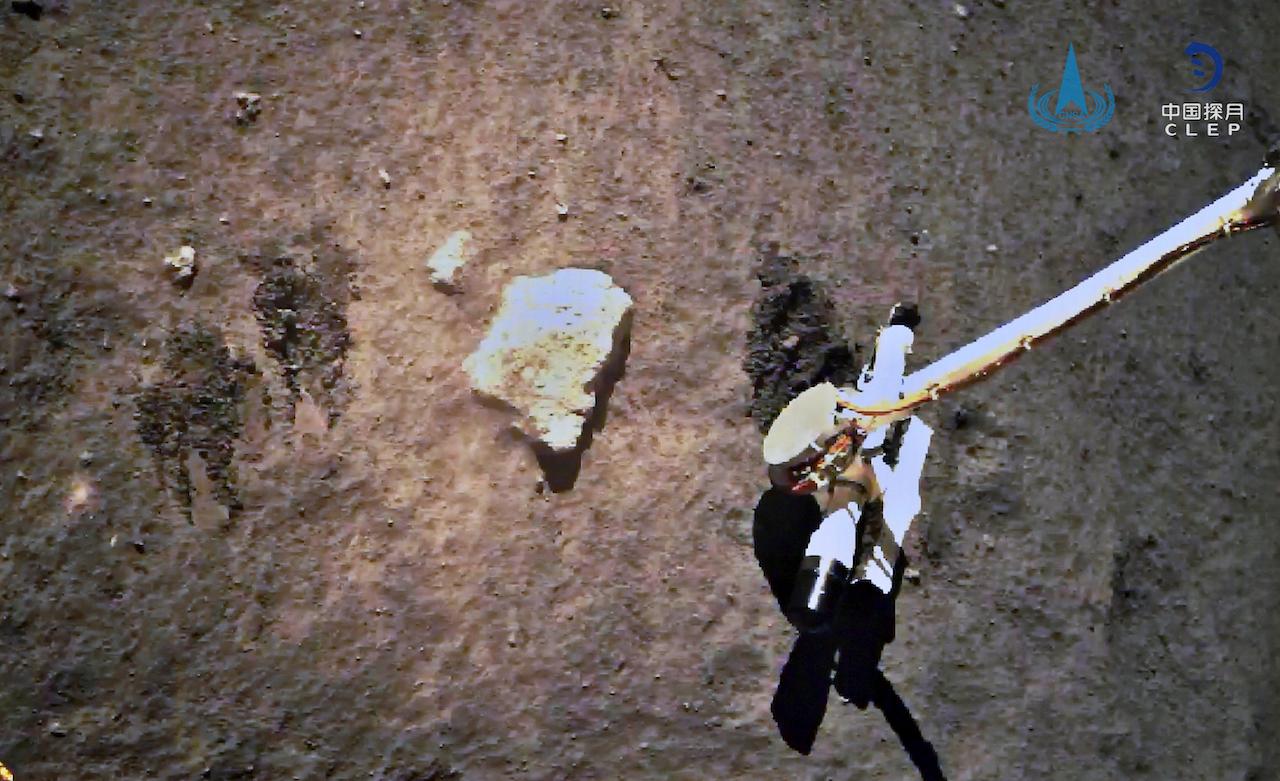China successfully brings back samples from the moon
The rock and dust should be much younger than the samples brought back 40 years ago by the US and USSR.
China’s Chang’e-5 mission has returned to Earth with the cargo of rock and soil it picked up off the moon’s surface.
The capsule landed in Inner Mongolia on Wednesday and was first spotted by helicopters using infrared cameras. Support staff following up in SUVs planted a Chinese flag in the snow-covered grassland next to the module, reports the BBC.
It’s more than 40 years since the American Apollo and Soviet Luna missions brought their samples home. A total of just under 400kg of lunar surface soil and rocks were collected by American Apollo astronauts and the Soviet robotic Luna landers.
But those samples were very old – more than three billion years in age. Chang’e-5’s rock and dust should be much younger and quite different.
The Chinese mission targeted a high volcanic region called Mons Rumker in the northwest of the nearside of the moon. Samples from this terrain may be no more than 1.2 or 1.3 billion years old and should provide additional information on how the moon is constructed internally.
The US is planning on returning astronauts to the surface of the moon around 2025 but a series of robotic spacecraft will land ahead of these human explorers to do reconnaissance.
Some of these probes will be from national space agencies but for the first time some will be sent by commercial companies.
Tony Azzarelli, director and co-founder of Britain’s Access Space Alliance, said exciting times are ahead, and pointed to the UK’s Spacebit company and its quest to put a walking rover on the lunar surface next year.
“It’ll be the first time that a legged robot will walk on another world. Of course, all of these lunar missions are just a prelude to the return of humans to the moon in the not-too-distant future,” he told BBC News.
Subscribe to our newsletter
To be updated with all the latest news and analyses daily.
